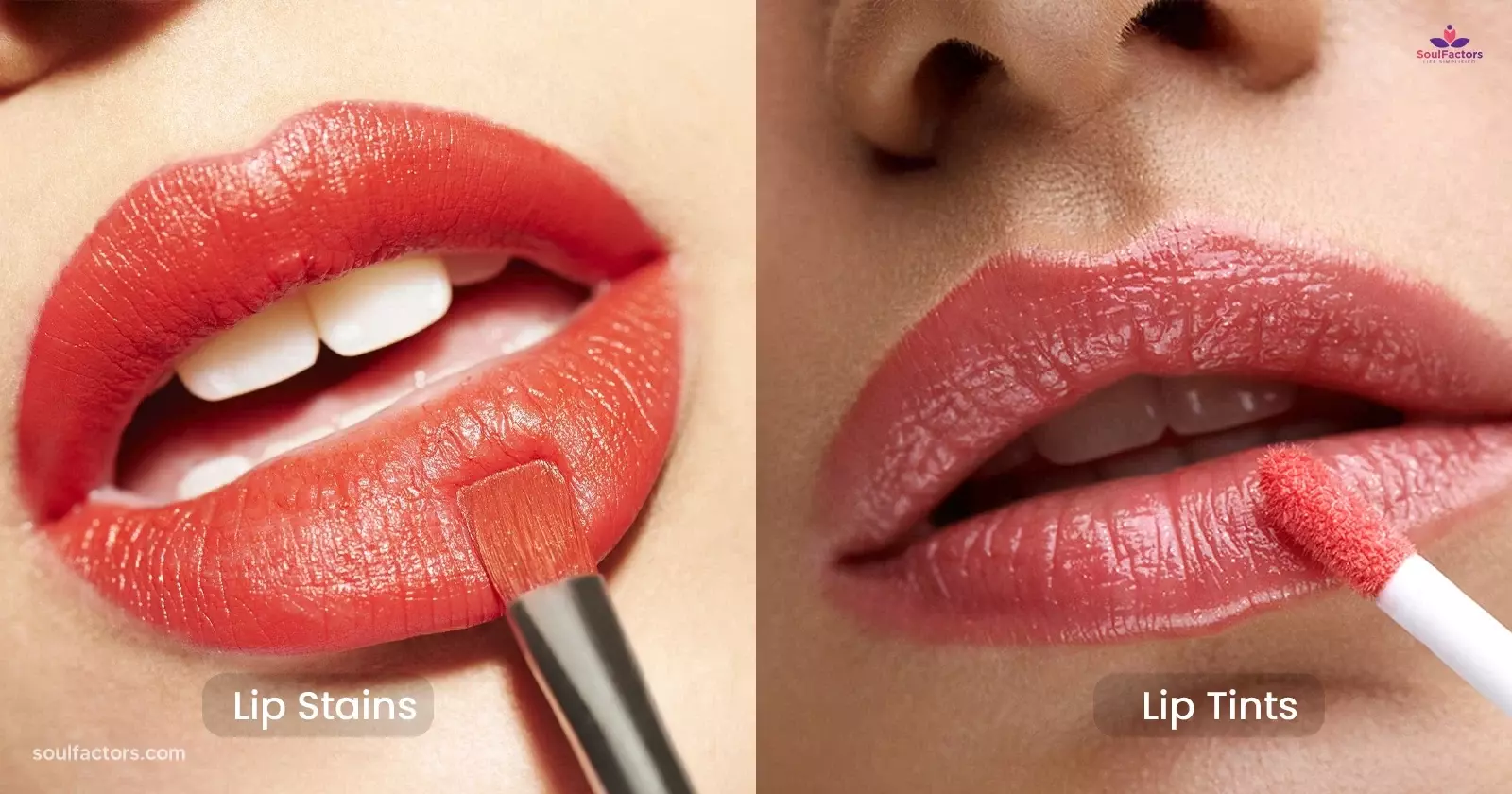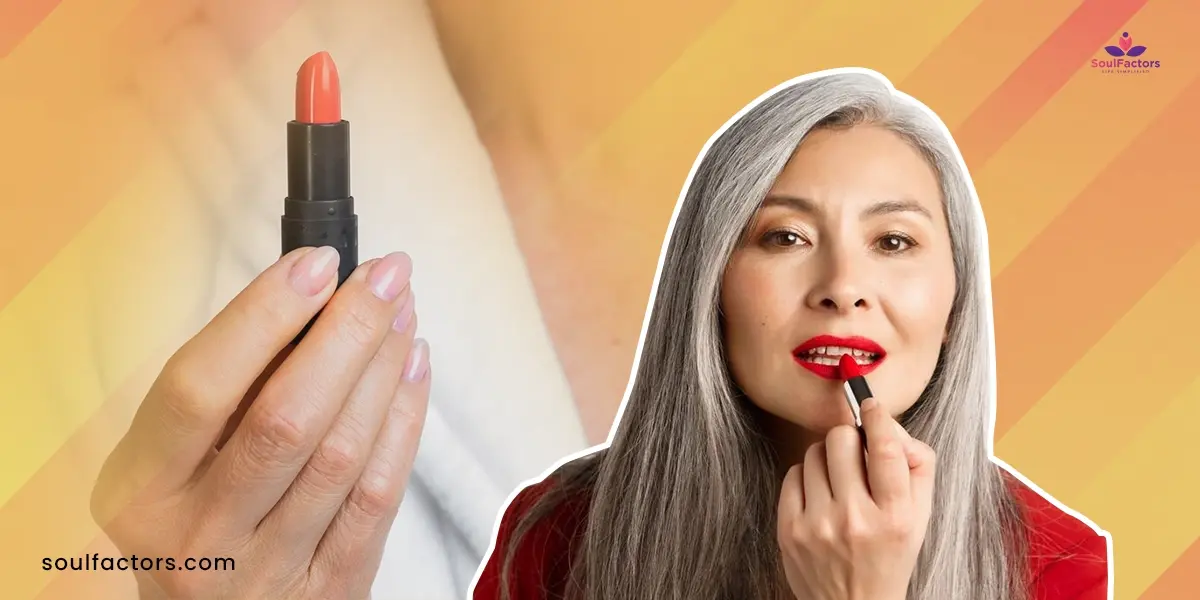Is Lip Primer Necessary In Your Makeup Routine?
Ready to settle the score on the lip primer debate? This article spills the tea on whether priming those puckers is a beauty must or just another trend.
On Mar 9, 2024 – 6 minutes read

We’ve each got our trusted makeup routines, but ever pondered the buzz surrounding lip primers? Is lip primer necessary? While priming the face is a given, the discussion over prepping those lips is a hot topic. Let’s dig into whether lip primers are a game-changer or just another unnecessary step in our makeup routines.
What Is Lip Primer?

Lip primer is a makeup product crafted to boost and extend the wear of lipstick or lip gloss. Much like how a face primer preps the skin for makeup, primer acts as a base for lip products. Usually available in balm or gel form, it’s applied to the lips prior to putting on lipstick or lip color. If you’re wondering, “Is lip primer necessary for dry lips?” – the answer may vary depending on individual preferences and needs.
What Is The Purpose Of Lip Primer?
The purpose of a primer is to enhance the performance and longevity of lip products, such as lipstick or lip gloss. Here are the key functions and benefits of using a lip primer:
- Smooth Texture
- Improved Color Adherence
- Extended Wear
- No Feathering
- Hydration
Lip Primer Benefits
Is lip primer necessary? This may seem like an optional step in your makeup routine, but it can offer several benefits for achieving a flawless and long-lasting lip look.
- Lip primers create a smooth base on your pout, providing an even surface for the application of lipstick or lip gloss.
- By creating a grippable surface on the lips, the primer enhances the lip’s pigmentation and intensity of the lip color.
- One of the primary benefits is its ability to prolong the wear of lip products.
- It acts as a barrier, preventing lip color from feathering or bleeding into the fine lines around the lips.
- Some lip primers contain ingredients that fill in fine lines and wrinkles on the lips, creating a smoother appearance. Older women using lipstick would find this especially useful.
- Some contain moisturizing components that help keep the lips hydrated.
- It can serve as a versatile base for various lip products, from matte lipsticks to glossy finishes.
How To Use Lip Primer?
Its usage is a straightforward process, and it typically involves a few simple steps to ensure the best results. Here’s a guide on how to use lip primer effectively:
- Begin by ensuring your mouth is clean and free from any previous lip products.
- If your lips tend to be dry, apply a thin layer of lip balm before using the primer.
- Take a small amount of primer onto your fingertip or the applicator that comes with the product. Dab or swipe the primer evenly across your lips.
- Give it a few seconds to set on your lips before applying any lip color.
- Once it has been set, apply your chosen lipstick, lip gloss, or lip liner as usual.
What Is The Difference Between A Lip Primer And A Lip Balm?

They serve distinct purposes in a makeup routine, targeting various aspects of lip care and appearance. Here’s a breakdown of the main differences between lip primer vs lip balm
Lip Primer
- Purpose: Lip primer is primarily used to enhance the performance and longevity of lip color products, such as lipsticks or lip gloss.
- Texture: Lip primers usually come in the form of balms, gels, or creams.
- Benefits: Lip primer helps smooth fine lines, prevent feathering or bleeding of lip color, and improve color adherence, ensuring that the lipstick or gloss stays in place for an extended period.
- Ingredients: Lip primers may contain specific ingredients that fill in lines, hydrate the lips, and create a barrier for better color retention.
Lip Balm
- Purpose: Lip balm is primarily used for lip hydration and moisture.
- Texture: Lip balms are typically formulated with emollients, oils, and waxes to provide a protective layer on the lips.
- Benefits: Lip balms soothe and moisturize the lips, providing relief from dry or cracked lips.
- Ingredients: Lip balms usually contain ingredients like beeswax, shea butter, lip oils, and vitamins to nourish and hydrate the lips.
Do You Really Need A Lip Primer?
Is lip primer necessary for mature skin? It depends on your preferences. If you desire extended lipstick wear, smooth application, and reduced feathering, using lip primer before and after applying lipstick can be beneficial. However, it’s not essential for everyone; some may choose to skip this step, particularly if they are satisfied with the longevity and texture of their lip color without additional priming.
Best Lip Primers In The Market
e.l.f. Primer & Plumper

Price: $9.53
- Features: Dual-ended product with a primer on one side and a lip plumper on the other. Helps in smoothing and prepping the lips for color.
- Pros: Affordable, dual-purpose, smooth application
- Cons: Some users have complained of the plumping side being less effective.
NYX Professional Makeup Lip Primer

Price: $14.25
- Features: A creamy, colorless primer that creates a smooth base for lip color application.
- Pros: Silky texture, extends wear time, minimizes feathering.
- Cons: May need to wait a moment for it to set before applying lip color.
MAC Prep + Prime Lip Primer

Price: $17
- Features: A colorless primer that helps smooth lips and improves the longevity of lip color.
- Pros: High-quality, smooth application, extends wear.
- Cons: Higher price point.
Anastasia Beverly Hills Lip Primer

Price: $16
- Features: It works beautifully under lipstick and gloss.
- Pros: Very hydrating, applies evenly, and long-lasting
- Cons: It is on the pricier side as compared to other brands.
Maybelline Prime It Up Multi-Benefit Lip Primer

Price: $5
- Features: Maybelline is one of the few drugstore brands that makes lip primers and it prevents the lipstick from bleeding.
- Pros: Affordable, easy, and smooth application
- Cons: May feel waxy and hard
Frequently Asked Questions
You can substitute a small amount of foundation or concealer to create a smooth base for lip color if you don’t have a primer.
While lip balm provides hydration, it may not create the same smooth, grippable surface as a dedicated primer, but it can serve as a basic alternative.
Yes, you can use concealer as a makeshift primer. Apply a thin layer to neutralize lip color and enhance the color of your lipstick.
Yes, it is designed to smooth lips, enhance color adherence, and prolong wear, making it beneficial for achieving a polished and long-lasting lip look.
No, Vaseline primarily provides moisture and lacks the grip needed for optimal lip color adherence. It’s better suited for hydration rather than priming.
Use a small amount of foundation or concealer to create a base for your lip color. It won’t have the same properties as a primer, but it helps create a smoother canvas.
No, it isn’t designed for a glossy finish. Its purpose is to enhance color adherence and longevity. For a glossy look, use an actual lip gloss.
Yes, it acts as a barrier, helping prevent lipstick from feathering or bleeding into fine lines around the lips, ensuring a clean and defined look.
Using face primer on lips is not recommended as it’s formulated for the skin and may contain ingredients unsuitable for the more sensitive lip area.
Our Take
To prime or not to prime is your decision. If you have dry lips, then substituting primer with a foundation might not be the best option. So, is lip primer necessary? Ultimately, the necessity of primer depends on your desired outcome. If you seek a flawless, long-lasting look with minimized feathering and enhanced color vibrancy, investing in a dedicated lip primer may prove worthwhile. However, those comfortable with their lip color’s wear time and content with their lip texture might also skip this step. Or maybe you’ve got a permanent lipstick done.

Subscribe to Newsletter
Elevate your routine, stay on trend, and embrace a personalized beauty journey with our curated insights.





Write a Comment